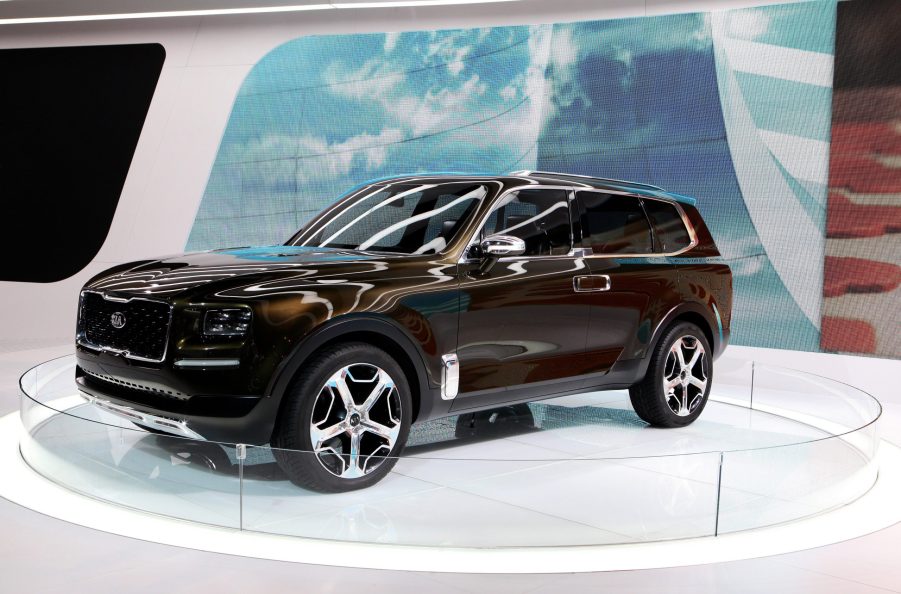
Here’s Why the Kia Telluride Should Get a Hybrid Option
The Kia Telluride has earned many recommendations and accolades from the automotive establishment. Clearly, the basic formula works and there are enough options to please most buyers. However, the Telluride offers only one engine: a 291 hp 3.8-liter V6 shared with the Hyundai Palisade.
This direct-injection (GDi) variant of the Hyundai Lambda II engine family isn’t exactly bristling with power, but it’s responsive when pushed. Behind the wheel, it seems normal. Under the surface, it’s a seriously impressive piece of engineering and a prime candidate to become a hybrid.
Otto cycle and Atkinson cycle in one engine

Normal internal combustion engines use the Otto combustion cycle. It’s a tried and true four-stroke design that’s been the industry norm for decades. Until hybrids came about, that is. They often use a combustion sequence known as the Atkinson cycle. It’s more efficient than the Otto cycle, but makes less torque at lower RPMs. In a hybrid, electric motors can instantly compensate for the torque deficit as needed, so there’s no disadvantage.
The G6DN variant of the Lambda II engine in the Kia Telluride and Hyundai Palisade has a unique extended-range variable valve timing system. Simply put, it has a rare ability to use the Atkinson cycle interchangeably with the Otto cycle. Meaning, it has the best of both worlds: maximum power when needed and efficiency the rest of the time. However, it also means this engine would be even more powerful and more efficient as a hybrid.
Why isn’t the a Telluride available as a hybrid?

The initial 2016 Kia Telluride concept was a hybrid, with predicted highway fuel economy over 30 mpg. It had a 3.5-liter V6 with 270 hp plus a 120 hp electric motor, for a total of 390 hp. Such a configuration would make the Telluride more expensive, but vastly more capable. Acceleration would be better and towing capacity would be higher as well.
Unfortunately, that aspect of the concept Telluride didn’t survive the journey to a production vehicle. Launching a three-row SUV as a hybrid might have seemed too aggressive for the mainstream. But that was before electric Mustangs and F150s had become reality.
What’s next for the Telluride?
To be sure, the Kia Telluride will get some sort of powertrain upgrade in the coming years. As mentioned, a hybrid would make sense and the engine exists to make that happen. There’s also the latest generation of Smartstream V6s from Hyundai, with dual fuel-injection and turbochargers. Genesis already has access to those powerplants, and they are impressive, to say the least.
Kia could just as easily skip over the hybrid step, and go full electric for the next Telluride powertrain. Ford and most of the German car industry have already started down that path. Whatever happens, they’ve produced an amazing vehicle, and it would probably sell with just about anything under the hood.


